Is the speed of your WordPress website less than the best? In addition to deterring visitors, lengthy loading times can lower rankings in search engines. But worry not—there are ways that can improve the loading time and functionality of your website.
WordPress is a well-liked web design tool, but if it's not optimized properly, your site can load slowly. Users expect webpages to load in a matter of seconds, according to studies, and delays can cost a website visitors along with potential sales.
There are various tactics you may take to increase the speed of your website while guaranteeing an enjoyable experience for users. These 15 suggestions can help you speed up your website with WordPress and keep users coming back for more, from utilizing cache plugins to optimizing graphics.
The Reasons Behind Your Interest in WordPress Speed:
Before anything else, keep in mind that no one enjoys a slow website. No matter how elegant it is, a majority of users will leave and never come back if it takes more than three seconds to load. A high rate of bounces is bad for your company because it can cost you potential sales, drive away frequent guests, and even frighten off prospective customers. A slow website can also result in a bad ranking in the search engine results pages. Google measures the performance of your website using key web metrics. Google will severely penalize you when your website loads slowly, which will cause your content to show up higher in search results.
Finally, a slow website could discourage users from making a purchase, registering for a newsletter, or simply reading a blog article. Generally speaking, a slow website means unhappy visitors who have no desire to spend any time or money with you.
-
Make Your Pictures Look Better With Photo Editors
Images can WordPress website speed optimization, your rate of conversion and lower your bounce rate, both of which could be beneficial to your company. But there is a sad issue with images: they might cause your website to load more slowly. Higher-megapixel pictures are a feature of more advanced smartphones, and larger file sizes have a connection with higher-megapixel cameras.
You must reduce the file sizes of the pictures before you add them to your website built with WordPress. An image for the whole page should ideally stay between 80 and 100 KB in size.
-
Select a fast WordPress host:

You require a hosting service that is WordPress website speed optimization and that provides SSD storage along with fast server speeds if you want the greatest speeds. Additionally, you should search for servers like A2 Hosting and SiteGround that utilize PHP 7.2 or higher, as the site would probably load 400% slower when it is still using PHP 5.2.
It's preferable that you locate a host that employs NGINX or LiteSpeed Web Servers because these two will substantially speed up your servers. For example, Liquid Web provides some great value options with NGINX.
The cheapest choice is to host your website with WordPress on a shared server. But during periods of high traffic, the speed at which your pages load will be impacted because the server is shared by hundreds of different websites. Shared hosting is seldom able to satisfy your needs.
Because cloud hosting provides you with access to a considerably higher level of facilities (bandwidth and CPU power, for example), it is a far faster choice than shared hosting. In short, cloud hosting uses servers located all over the globe to supply resources that are guaranteed to be available when you require them. Cloud hosting is now frequently utilized by hosting companies for their hosted WordPress solutions.
-
Use GZIP compression:

Using GZIP compression on the website you're running on WordPress lowers the file sizes that are sent up to visitors, much like saving files on your computer saves space. As a result, their web browsers will load your site faster because they will need to load less data. (If you don't have infinite bandwidth, it also has the extra advantage of lowering utilization.)
GZIP compression is done by plugins, sparing you the need to manually tamper with your.htaccess file. Among its numerous abilities, WP Speed Score Boost is an excellent choice for GZIP reduction and may also be used for removing query strings from CSS and JS files. After using it, Pingdom allows users to observe how much the loading time of your website has improved.
When you would like to manually activate GZIP compression, you must access your.htaccess file (found in the public_html directory) using FTP and cPanel.
-
Use a network for content delivery (CDN):

CDNs are utilized by a lot of professional bloggers for WordPress website speed optimization. In essence, a content delivery network, or CDN for short, makes sure that all of the static assets on your website—such as CSS, JS, and images—are quickly provided to users by using computers that are as close to those users as feasible.
The amount of multimedia on your web page can have an enormous effect on how quickly pages load. Certain qualities are important to take into account when searching for a CDN, and these include:
- The amount of bandwidth
- DDoS Protection
- SSL certification
- Automatic video and image improvement
One of the largest and most popular CDNs available is Cloudflare, and the best part is that anyone is able to sign up and utilize it for nothing. Even on a tight budget, Cloudflare's subscription services are reasonably priced, though the free plan has a few restrictions. Customers of Cloudflare noticed a fifty percent decrease in website loading times. Flywheel is one of the web hosts that integrates their own CDNs into their hosting packages.
-
Use a plugin to optimize your images.
Plugins are available to eliminate the need for photo editing software if that's not your preference. You may alter the compression level and allow the plugin to automatically shrink your file sizes. It's an efficient method of instantly optimizing photos.
The EWWW Image Optimizer is among the greatest image optimization plugins currently available. It has many sophisticated features and is incredibly user-friendly. For example, users can use the bulk optimization tool to optimize pictures in bunches or even optimize images that are not in their media library. To gain an API key, you also don't need to set up an account.
Another image optimization plugin is called Smush, and it comes in both free and paid editions. It offers you multiple options to lower the sizes of your image files, such as compressing your current media library and automatically decreasing file sizes during upload. You can simultaneously optimize up to 50 pictures using the premium version.
The sole disadvantage of utilizing an image optimization plugin instead of editing programs is that performance may be negatively affected by installing other plugins on the WordPress dashboard (see #9). Despite this drawback, the performance gains from photo compression outweigh the speed losses from plugins, and many plugins are designed to have as little of an impact as possible.
-
Minify CSS and JS files.

It's generally accepted that JS and CSS files have an important impact on how well your website functions. Your website's loading rates may be slowed down by the size of the contents as well as the number of JS and CSS queries made on each page. The good thing is that minifying these files is quite simple.
Applying a plugin to handle the task for you, like Autoptimize, is another option. When you want a straightforward configuration that you can leave operating in the background, Autoptimize is the perfect plugin. To initiate the optimization process, simply select a few boxes.
Fast Speed Minify is a little more difficult to use than Autoptimize because it provides a greater selection of variables. But you have the option to modify other features of the minification manager, including not integrating Google Fonts, and to ban specific files from getting minified. If you would like greater oversight over what gets (and isn't) minified, Fast Velocity Minify is perfect.
-
Make a Plugin Inventory:
Plugins for WordPress are just too simple to hoard. Most likely, even though you have installed plugins, you rarely utilize them. They take up space and clog the server up like a plugin junkyard as they sit there on your website.
Plugins that are repetitive or don't actually achieve anything for your website should be ignored. It's quite common to experiment with different modules that do the same function afterwards and forget to remove them once you've made your decision. Your database will continue to expand as you install additional plugins, which will have a more significant impact on loading times.
Examine your list of addons and conduct an honest inventory. Do any of the plugins on the website have no usage, or are you never using them? Do any plugins that perform the same task in addition to another? Deactivate them, or better yet, remove them, to improve the usability of your website. Building a WordPress site and unsure which plugins to install? We've got you covered! Check out our list of 8 Essential WordPress Plugins for Beginners that will transform your website.
-
Clean Up Your Database:
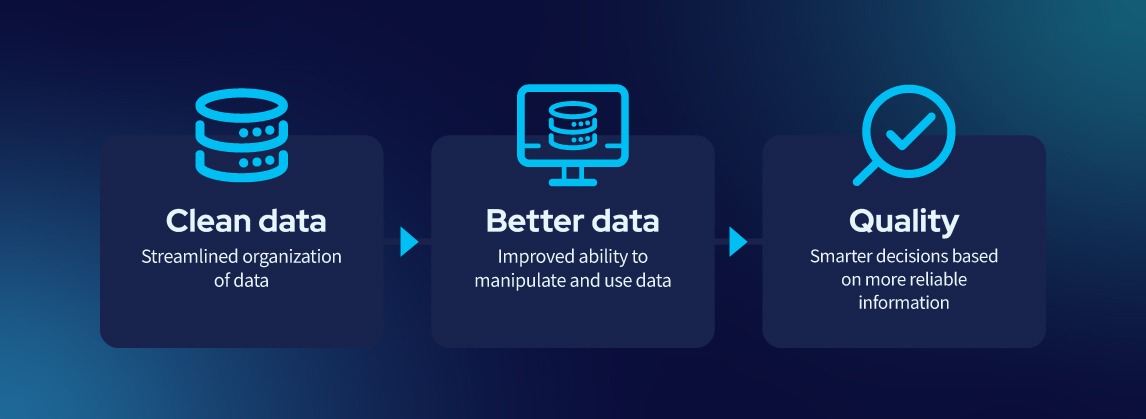
It's highly probable that your database has bloated since your website was set up. Furthermore, settings and information are frequently left behind when you delete plugins. Your website's performance may be affected; therefore, cleaning up all of this outdated data might help.
Your database can be cleaned up by yourself, or you can use plugins like WP-Optimize to do it for yourself. They also give you the option to plan regular database improvements to maintain the functionality of your website.
-
Select your WordPress theme wisely.
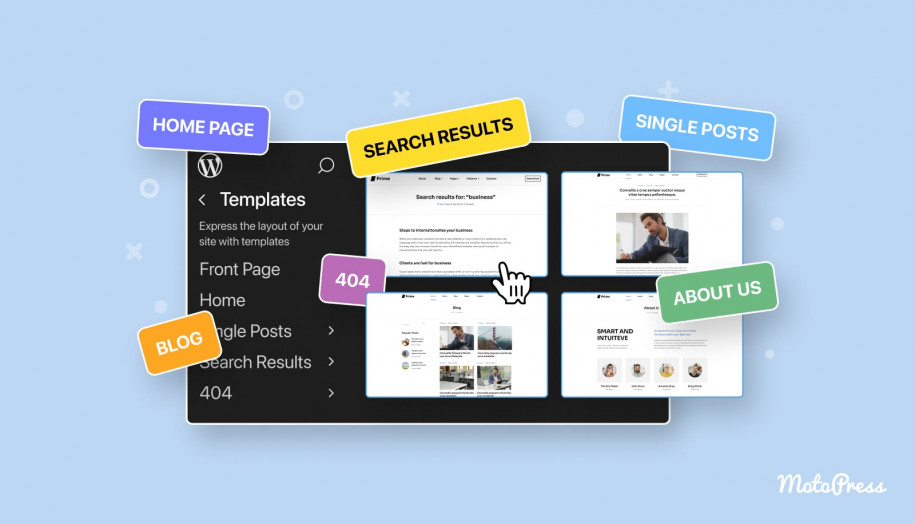
Choosing a WordPress website speed optimization that you love is not the only significant component of the process; it additionally plays a big role in the speed at which the website loads. Find a theme that:
- Is focused on performance as well as lightweight
- Has all the qualities you need.
- It provides the ability to disable extra features (such as sliders, spaces, and parallax script) and won't overload the site with things you'll never use.
Several themes that combine sophisticated features with lightweight design are SEO WP, Braxton, Taskerr, Schema, and Finest. All of these have excellent ratings from Google PageSpeed Insights and Pingdom.
Additionally, make sure that hackers cannot access the theme you selected. To achieve this, first verify that the theme for WordPress you're using is sourced from a reputable source (such as WordPress.org and Template Monster), then confirm that the theme you're using is updated frequently and that it hasn't resulted in any issues with safety for other people. Choosing a lightweight, performance-focused WordPress theme is crucial for speed optimization. At Mizan theme we offer Popular wordpress Theme, we offer a range of SEO-friendly, secure, and speed-optimized themes designed to enhance your website’s performance.
-
Make use of caching plugins:
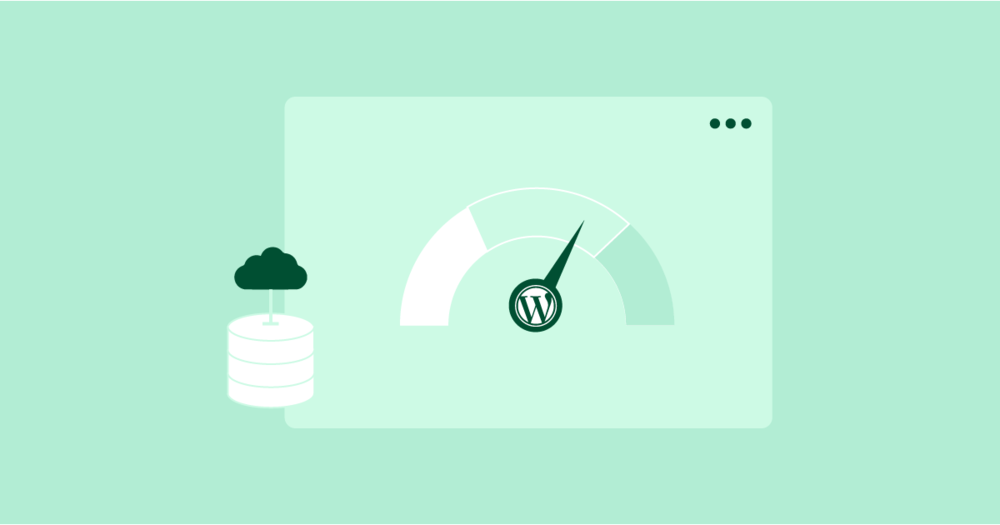
Patented caching plugins are included in many of the plans of the hosts we previously mentioned, but when your web host isn't, there are lots of excellent alternatives. Your page loading times can be significantly increased with a caching plugin—up to five times more, in fact.
Plugins for caching work as follows: When a page loads for the first time, the plugin creates a copy of it, so the cached version appears the next time someone visits that page. This allows the server to take a little vacation from creating pages, which means that when a lot of visitors visit your website at once, it will not slow down.
One of the greatest caching plugins out there is WP Rocket, and it's also quite user-friendly for beginners. You can even instantly cache your website with just one mouse click. Additionally, this feature-rich plugin immediately activates all the caching settings users require, including page caching, GZIP compression, and cache pre-loading.
W3 Total Cache is a substitute for WordPress Rocket. Numerous features of the plugin include support for minification, CDN, GZIP compression, object caching, and page cache. It's less friendly to beginners than WP Rocket because it has more options and possibilities, but it's excellent for those who want more power over their preferences. Want a faster, more reliable WordPress website? We’ve compiled a list of the 10 Best CDN Services to help you boost speed, reduce latency, and keep visitors happy.
-
Make use of mobile pages, which have been accelerated:

The latest innovation in the field of SEO is called Accelerated Mobile Pages (AMP). This method improves your search engine rankings in addition to guaranteeing extremely quick page loading on mobile devices. A significant percentage of AMP's amazing speed comes from its total dependency on CSS. AMP also effectively pushes users to avoid utilizing animations and inline CSS, which might cause your web page to load carefully, in favor of streamlining your content.
The same firm that developed WordPress additionally created the plugin known as AMP by Automattic. It simplifies the AMP user experience to only install, activate, and be done. Alternatively, one might use AMP for WP—faster mobile pages—for even more modification choices. You can set up Google Analytics settings, add custom code, and achieve a lot more with this plugin.
-
Utilize Services for Media Offloading:

Large downloading assets, such as PDFs, games, audio, and movies, may significantly impact your entire website. Ideally, you should use specialized media hosting services to transfer these documents to your own storage space. A couple of popular options for throwing media are Google Cloud Storage and Amazon S3.
-
Handle Post and Page Revisions:
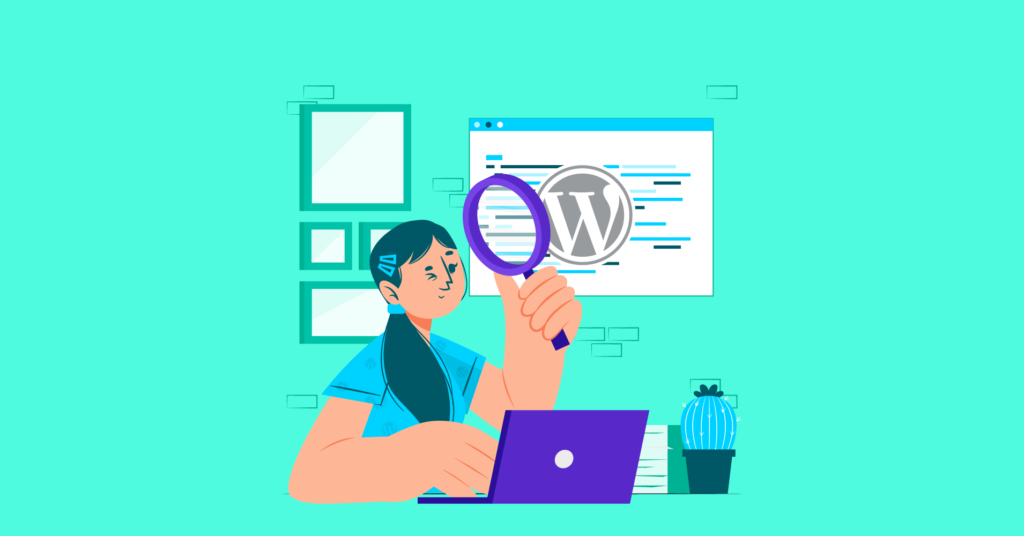
Your page and article changes are among the primary causes of sluggish loading times. WordPress saves all of your edits every time you make changes to a page or post, but odds are you won't require all of those earlier versions!
It's simple to remove these outdated revisions with plugins like WP-Sweep, but create a backup before the site begins. It might be a good idea to restrict the number of modifications that WordPress allows and possibly switches off the revisions feature altogether. You must change the wp-config file in order to disable revisions and limit the number of revisions stored. You can use FTP and your server's control panel to access this.
To limit the revisions to no more than three, add this code:
- define( ‘WP_POST_REVISIONS’, 3);
To prevent changes (one autosave version per article will still be kept), add the following code:
- define('WP_POST_REVISIONS’, 0);
-
Examine Your WordPress Website for Bottlenecks:
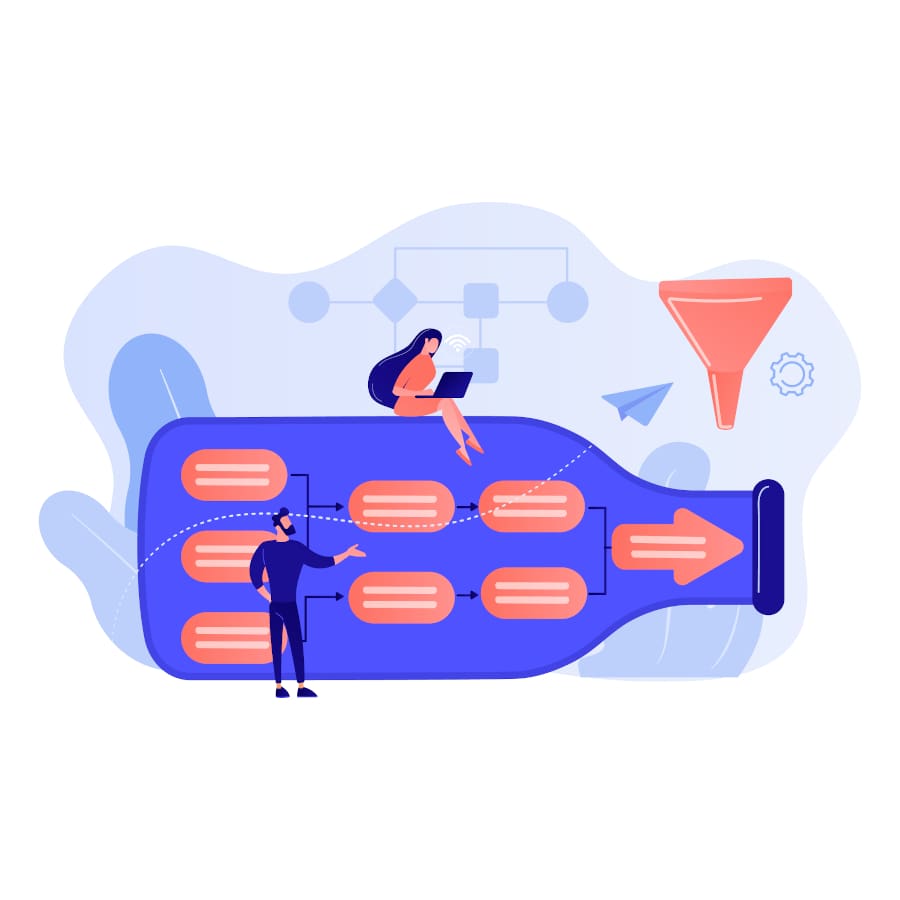
There are tools you can try to identify the issue's root cause if you've tried everything to WordPress website speed optimization and it's still not functioning as it should.
Performance tracking instruments like New Relic, for example, let you find slow plugins and issues with database optimization. Query Monitor is an excellent selection as well for identifying and fixing problems with performance.
-
Prevent Hotlinking

When someone links to your files from their personal website, it's called hotlinking. It adds a greater strain on your server in addition to starving you of bandwidth. For instance, if you have data visualizations, you might see that many websites are connecting to the graphic files directly, which will cause your website to load more slowly. To stop hotlinking, all that you need to do is add a little code to your root.htaccess file. It's that easy.
Conclusion:
Try using editors for images to reduce the size of image files in order to increase website loading speed. Select an inexpensive WordPress host, like SiteGround or A2 Hosting, that offers SSD storage and quick server performance. For faster server speeds, use LiteSpeed Web Server or NGINX. Cloud hosting is faster than shared servers since it uses more CPU power and connectivity. Use WP Speed Score Boost or other GZIP compression plugins to decrease file sizes and speed up loading times. To give customers access to static assets like CSS, JS, and pictures, employ a network for the delivery of content (CDN). Think of things like automatic video and image enhancement, SSL certification, DDoS protection, and bandwidth. Want to speed up your WordPress site? Don’t miss our blog on the "Best Practices to Speed up WordPress Performance of Your Website" and discover actionable tips to enhance your site's performance.
The speed and loading time of a website are significantly affected by the WordPress theme that is chosen. Select a theme with all the features you need, performance and lightweight design combined, and easy deactivation for superfluous elements. Make sure that the design is updated frequently and comes from a reliable source. You may speed up page loads by as much as five times by using caching plugins. Accelerated Mobile Pages, also known as AMP, guarantee fast page loading on mobile phones and tablets and raise search engine rankings. For huge downloading assets, use specialist media hosting services such as Amazon S3 and Google Cloud Storage. Take care of the page and post revisions to speed up loading. Query Monitor and New Relic are two performance monitoring tools you may use to look for bottlenecks on your website.

